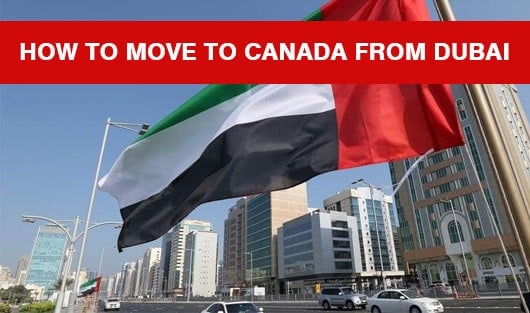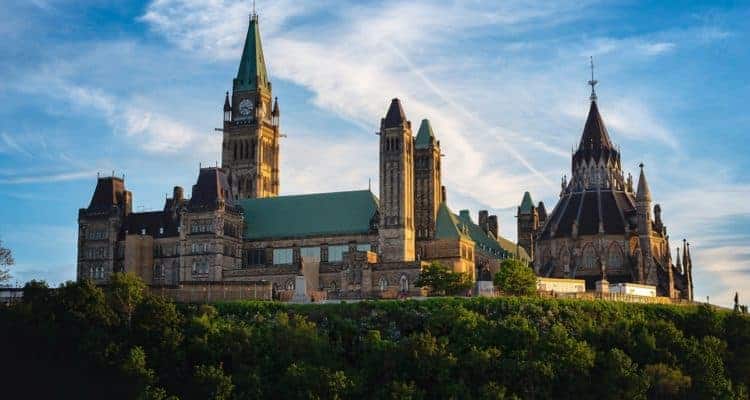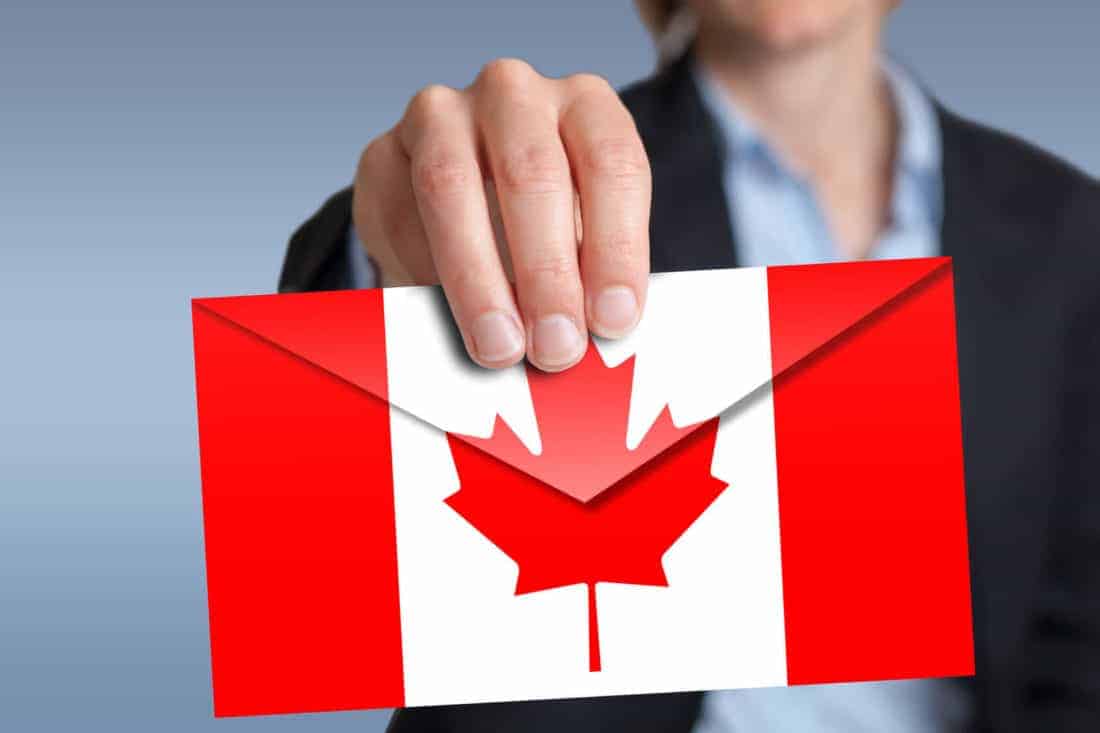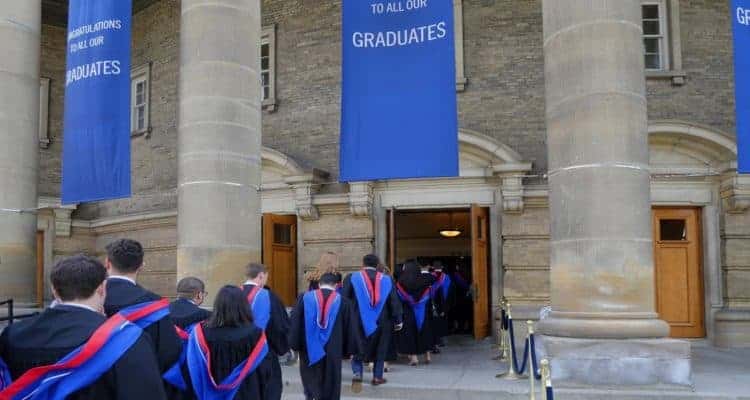Numerous candidates continue asking inquiries about the exact requirements required for immigration to Canada. In this article, I will show you the documents required to travel to Canada successfully.
Canada’s immigration candidates will need documents, for example, an employment offer, NOC-recorded occupation, admission letter, education degree, English/French test certificates, and evidence of funds. Nonetheless, these necessities are different from one program to another.
There are two major methods to live in Canada as a migrant. One is to have a permanent resident visa; the other is a provisional visa/work permit. To discover more about the necessities for each of them, read on!
What are the requirements to apply for a Canada PR visa?
The major programs that offer permanent resident visa (pr visa) in Canada are the Federal Express Entry, Provincial Nominee Program, AIPP, family sponsorship, and Quebec Skilled Worker.
Everyone has its own necessities, which is generally dictated by the Federal or Provincial government.
Here are the necessities to give an application for a pr visa to Canada under the Federal skilled worker program:
- At least one year working experience in the previous ten working years in business under the NOC recorded classes. Or
- Have been a Canadian provisional resident or international student for at minimum one year. Or on the other hand
- Have a full-time job offer from a Canadian based manager
Contingent upon the classification you fall under, you may need to complete other pr qualification elements, for example, your age, education, proof of finance, English tests, direct relatives in Canada, among others.
What are the requirements for Canada Work Permit or Work Visa?
The requirements to give an application for a work permit/work visa in Canada include:
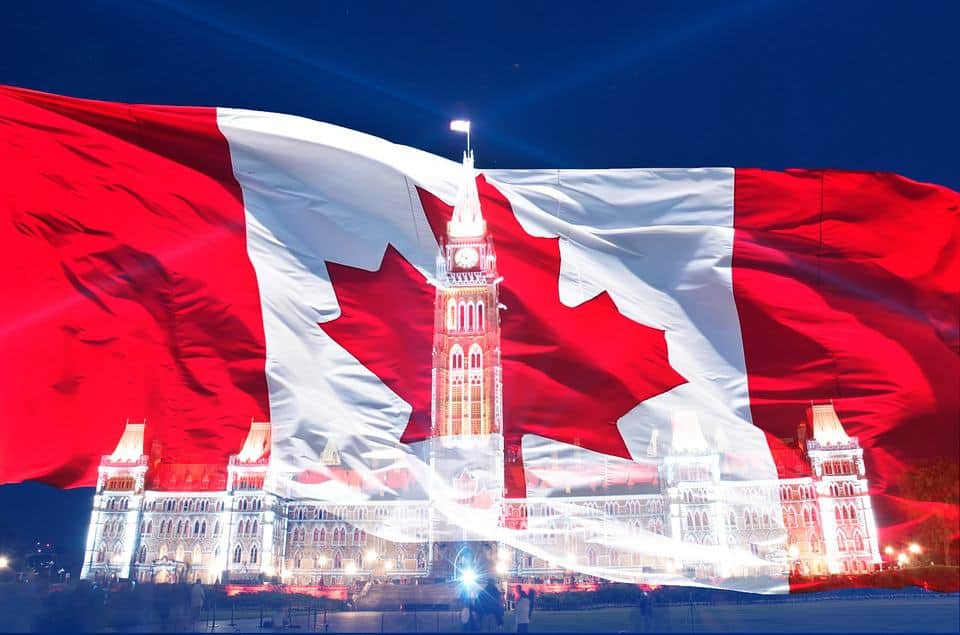
- Application Fee
- Educational Credentials
- legitimate passport
- Curriculum vitae demonstrating your work experience
- Bank statement to show your financial capacity to live in Canada
- Medical report from a nominated hospital
- You ought to have no past criminal record.
- Should not work in confined industries, for example, striptease, erotic massage centers, and escort.
- Be ready to stick to your work-permit type.
Above all, your capacity to persuade the visa officer of your goal to leave Canada once your permit lapses.
Another provisional visa in Canada is the student visa. You can also find read about the Canadian study visa necessities.
What Next ?
Understanding these necessities is very important before you proceed with any Canada immigration program. Guarantee you evaluate your documents against the standards of your choice program carefully.
Remember to fill each frame suitably, and best of luck as you start your travel towards Canada!
For Canada immigration questions and inquiries, feel free to call +971 2 6229991 or send an email to info@atwicsgroup.com.



